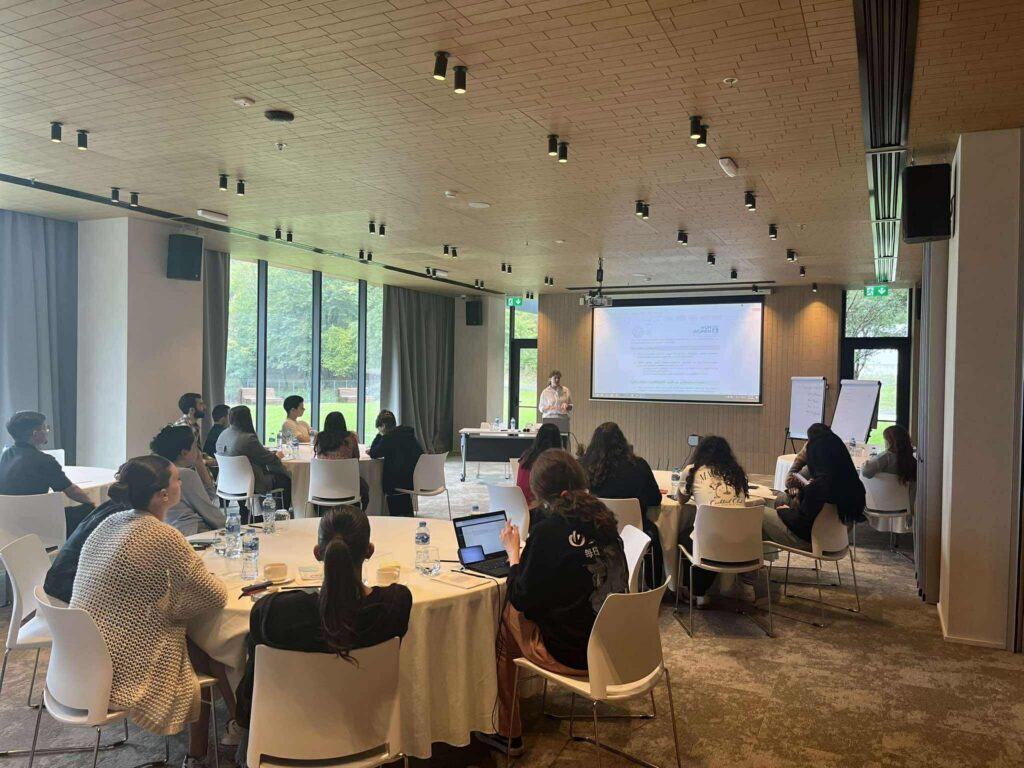Georgia has seen long-standing protests, now lasting for almost 5 weeks. Some opposition supporters have expressed surprise why so few people continue to come to the protests, with only a few thousand coming out onto the street for current protest events. “How is it”, one supporter wondered, “that we talked to people in February and March and practically everyone was dissatisfied, but now we only have a handful actually out supporting us? Did we get it wrong?”
They got it right and wrong at the same time. Very roughly (and apologies in advance for the generalization), we can observe the following distribution in Georgia at this point. 20% – 30% of the population support the government. 20% support the more strident opposition. 50% to 60% are undecided politically, or only have a weak affiliation (say, with the relatively new Christian Democrats). The key to the political contest is winning over those that are undecided, many of whom voted with the government in the last two elections. They are dissatisfied with certain aspects of the government, but also not committed to any current alternative.
Put in other terms:
- 20-30% want stability
- 20% want change, even if this is risky (since they believe the government to be a force of destabilization)
- 50-60% want significant change, but also sufficient stability
This means that for the opposition, they could have found up to 80% of the population agreeing with them that they want change — but with limited research, it was difficult for the opposition to ascertain that the overwhelming majority only wanted change up to a point, and only if stability could be guaranteed. The example illustrates how surface impressions can mislead, and how more detailed opinion research would have been needed to guide an appropriate opposition strategy.







